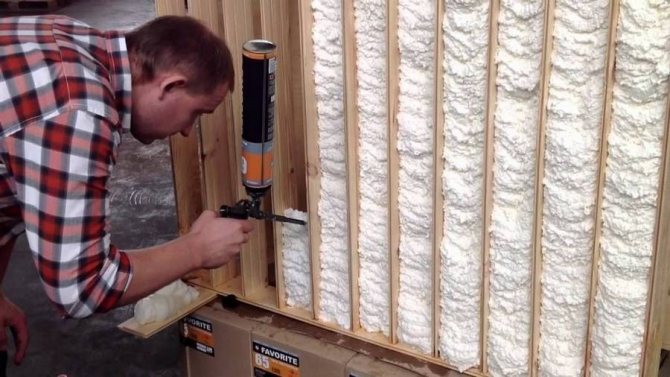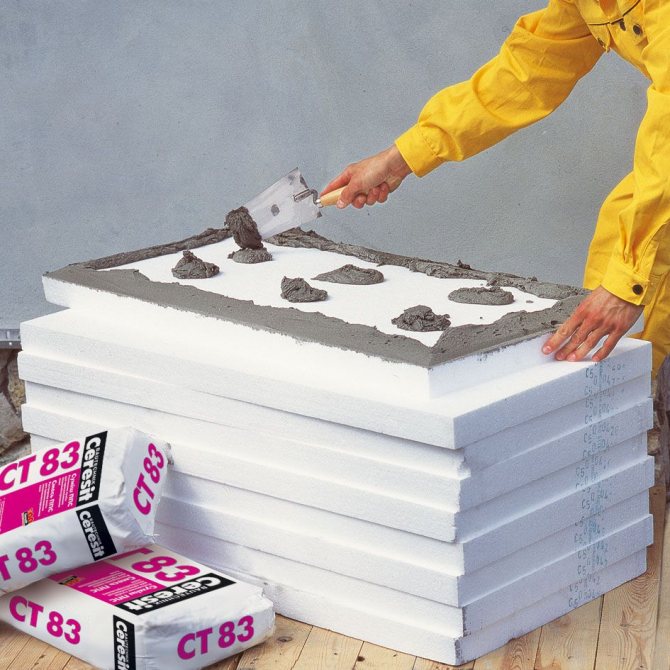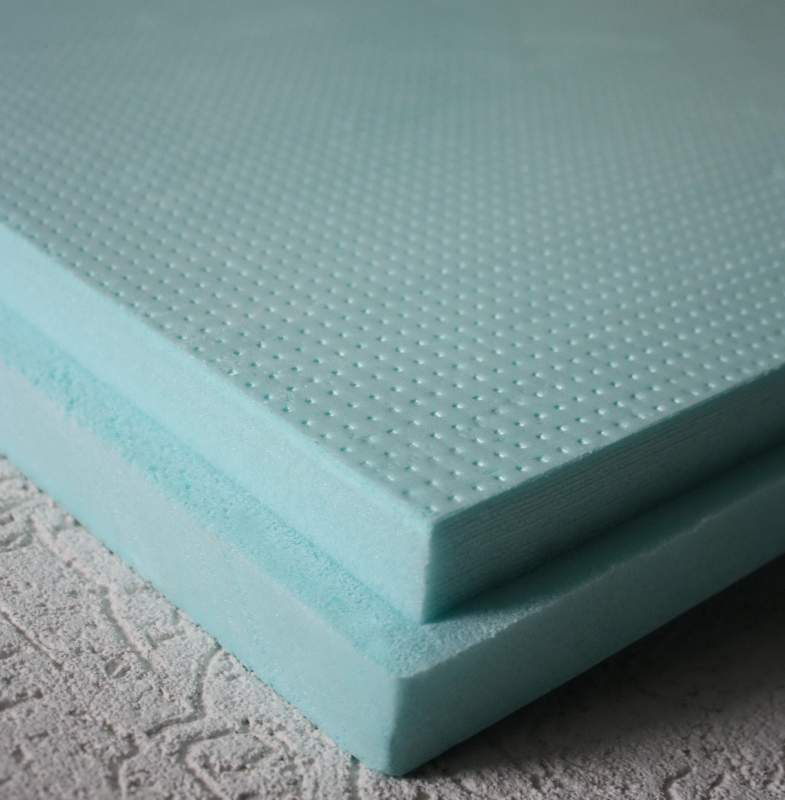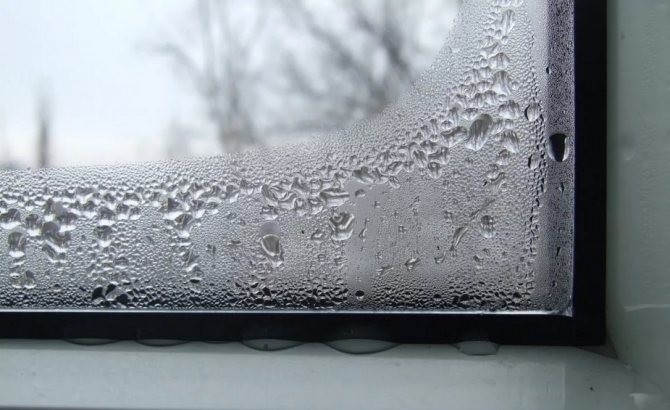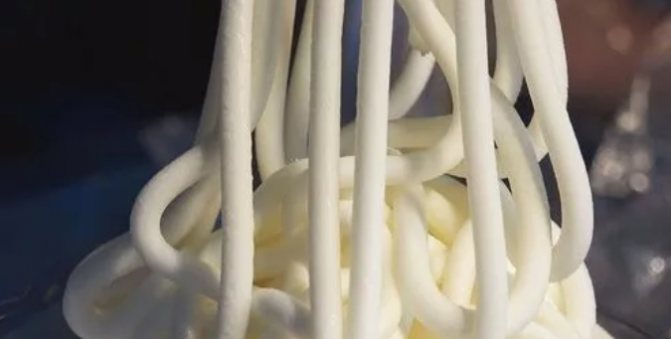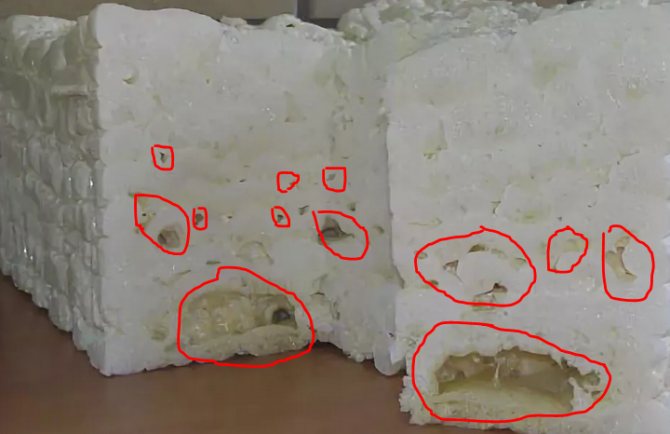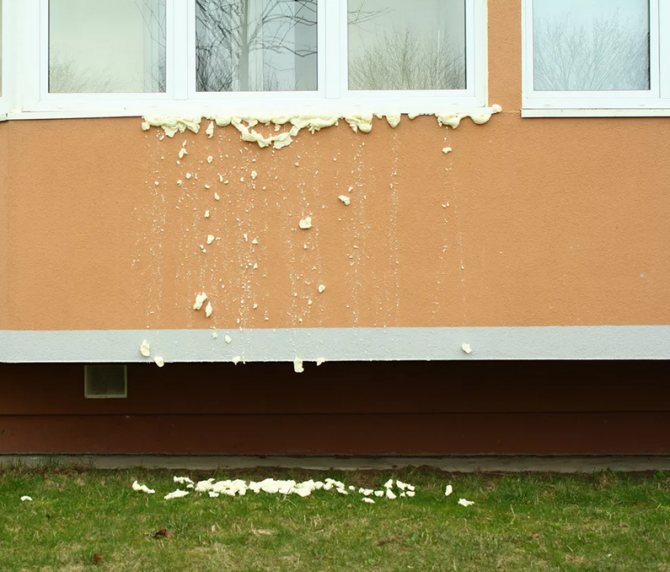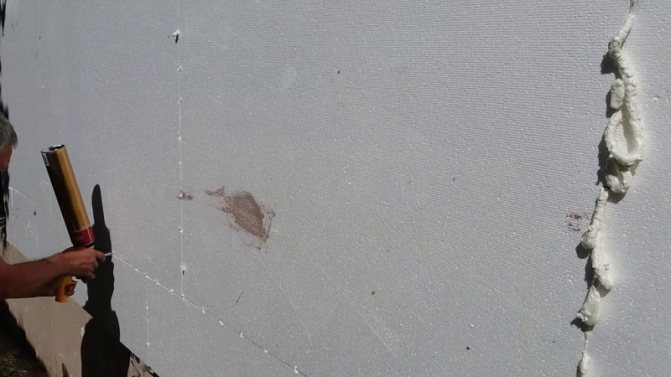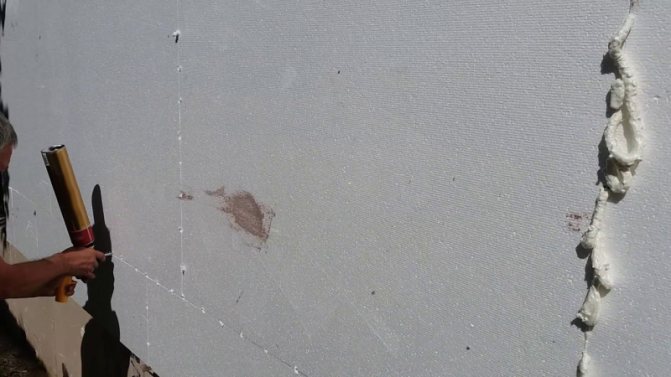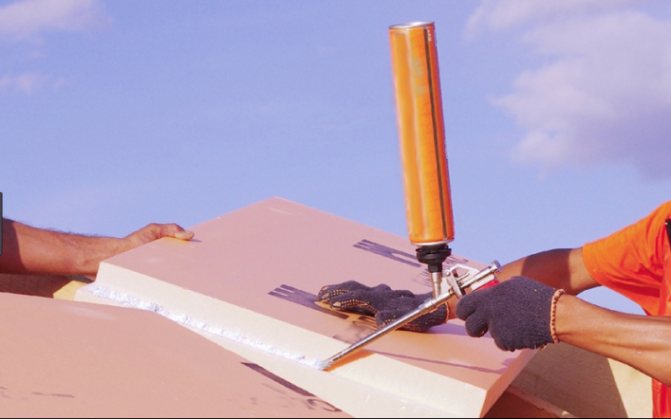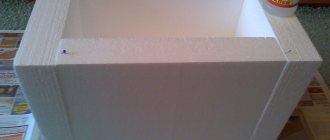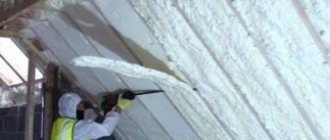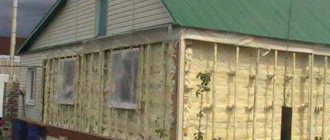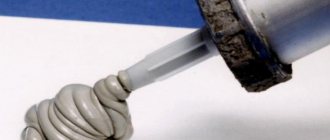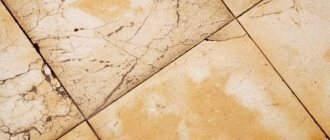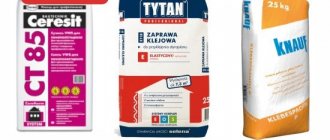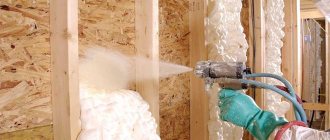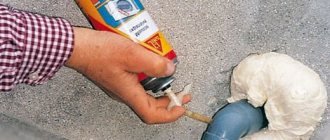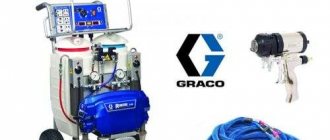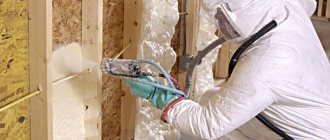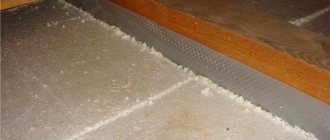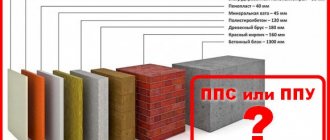Extruded polystyrene foam has deservedly gained fame as a very popular thermal insulation material. Expanded polystyrene can be used for interior and exterior work. Successfully extruded polystyrene foam is used for insulating building facades, basements, basements, balconies, and insulating premises from the inside. This foam material has a number of advantages when compared to other insulation materials. It does not absorb moisture, does not deform (does not compact) over time, is light and very durable, has a long service life, and is not a favorable environment for the life and reproduction of colonies of microorganisms.
For a more reliable fixing of expanded polystyrene, use two methods at once: landing on glue and fixing with dowels.
Properties
Do not confuse polyurethane foam with glue. By the way, there is glue in similar containers, which also foams. But there is a completely different composition and nothing can be reliably glued to the polyurethane foam. It can support / hold in a certain position, but none has the strength of the adhesive bond. So don't be confused. This is not her area of application.
How to understand which polyurethane foam is better?
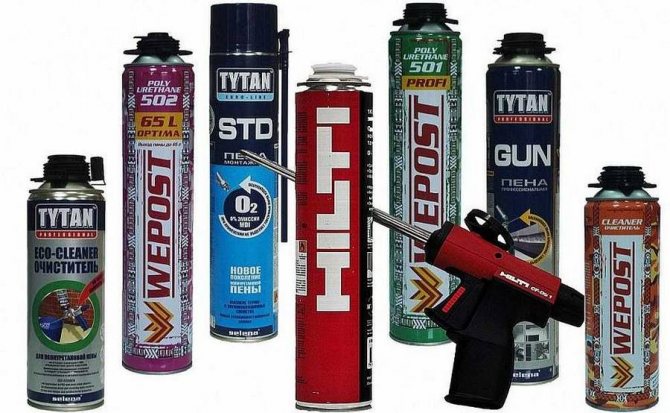
To correctly understand where you can use polyurethane foam, you need to know about its properties. They are very good:
- Mounting property. This is linking, joining, attaching (not gluing) parts of the structure.
- Soundproofing. It is impossible to call polyurethane foam sound insulation, but it reduces the noise level.
- Thermal insulation. Due to the large amount of air trapped in thin polymer bubbles, thermal conductivity is reduced.
- Good adhesion to almost all building materials. Cannot be used only with silicone, rubber, and some also with polyethylene.
The main use of construction foam is installation. It is not for nothing that it is called polyurethane foam. But as a heater and sound insulation, it is also not bad. Not perfect, but not bad. Filling seams, cracks, sealing / thermal insulation of utility bushings - this is its field of application. In this it is difficult for her to find competitors. Previously, how were such gaps filled? They were clogged with rags and covered with a solution. In this regard, foam is much more convenient and has better properties.
Plaster and adhesive mixture
Such mixtures are suitable for gluing PPP to gypsum plasterboard, brick, concrete, cinder block substrates. They need to be bred by ourselves, since they are realized in the form of a dry mass. The composition includes mineral components, plasticizers, Portland cement, a number of auxiliary additives. The mixtures are suitable for outdoor use and indoor decoration, they will hide all the unevenness of the base. The downside is the need for preliminary deep priming of the surface.
Ceresit CT-83
"Ceresit ST-83" is widely used for pasting the facades of buildings. It has excellent frost resistance, adheres well to wood, concrete, plaster, brick. After drying, ST-83 is breathable. Consumption per 1 sq. m is small, because it is enough to apply a mass of 1 cm thick (this is done with a notched trowel).
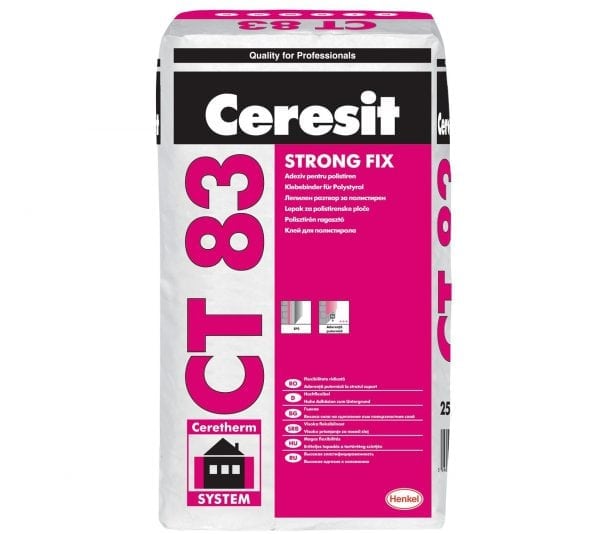

The company also produces high-quality Ceresit CT 85 glue, which is considered universal. High strength and ductility are due to the polymers included in the composition. But this tool costs an order of magnitude more expensive than the previous one, so builders prefer ST-83. Both materials are applied in intermittent stripes, slightly receding from the edge for better air release.
Bergauf ISOFIX
Bergauf Isofix glue is a mixture of minerals, fillers, cement, sand, plasticizers, special additives. It is used for any premises and for outdoor use. Average consumption - up to 5.5 kg / sq. m, a thin layer (3 mm) is required. After dilution, the mixture is viable for 1.5 hours, it is possible to change the position of the slab on the wall within 25 minutes. The glue is sold in bags of 25 kg, it can glue extruded polystyrene foam with all types of surfaces.
We recommend: What kind of putty to choose for the walls under the wallpaper?
Important characteristics
Any type of polyurethane foam has two important characteristics - primary and secondary expansion... Primary expansion is how much the mass increases in volume before the end of polymerization. There are foams with both high and low primary expansion. Which polyurethane foam is better - high expansion or low expansion? It will not work out for sure. They are used in different cases. Low expansion foam is good for filling small cavities, as well as for layer-by-layer filling of deep joints, when installing EPS. Large expansion is more beneficial when filling cavities, use as sound insulation, thermal insulation.
More specifically, for the installation of windows and doors, it is better to take foam with a small expansion. Moreover, both primary and secondary. Unfortunately, this is professional foam, so you also need a gun.
On the left is an illustration of a large secondary expansion. See how the primary framework ripped apart?
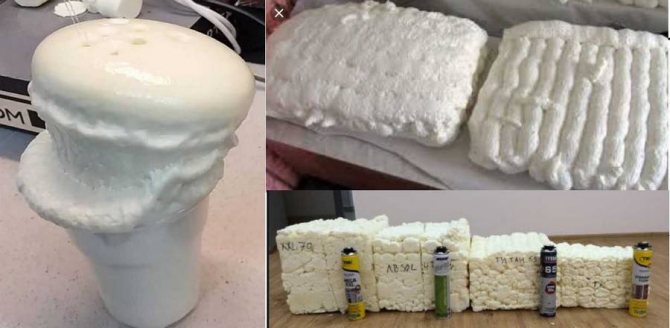

Secondary expansion is the increase in foam volume after the end of the polymerization process. Which polyurethane foam is better on this basis? Definitely one with less secondary expansion. Why? Because this process is difficult to predict. And the possible consequences are serious - deformation of flexible or moving parts. For example, a window frame or doorframes may buckle if the foam builds up. And even the spacers that are placed do not always help.
Why then do you need construction foam with a large secondary expansion? It has its own field of application - filling cavities and cracks in rigid and stable materials and structures. For example, in concrete, as a heat-insulating aggregate between the wall and the brick finish. Foam with high secondary expansion is cheaper. This is important for large volumes.
Foam outlet
Another thing to pay attention to is the foam release. This is the volume that can come out of the balloon. It is indicated in liters. Generally, the larger the cylinder, the greater the yield. But not always. With the same cylinder size, the difference in yield can be on the order of 20-30%. It can be determined by weight. The heavier the cylinder (weight indicated), the greater the output will be.
As you can see, cylinders of the same appearance contain different amounts of foam.


What else is worth knowing that the actual yield of polyurethane foam is usually less than the declared one (more often household types sin with this). To ensure the required volume, it is necessary to accurately select the proportions of prepolymer and filler gas. And not all brands can boast of this. Here is a list of those who consistently give out the declared volumes:
- Soudal (Soudal) professional lines (not household).
- Penosil (Penosil) Gold (Gold) and Premium (Premium).
- Moment Installation (very inexpensive and widespread).
- Wellfoam (WellFom).
- Hilti (Hilti).
- Kim Tec
- Den Braven
- Illbruck
- Tytan (Titan) (some parties either do not work at all or give out less than half of the declared).
There may be other good brands of construction foam out there. But it is these, according to the builders, who fail very rarely. When buying, look at production date... After a year, the valve begins to poison, the filler gas comes out, and the output decreases accordingly.
For good foam to retain its properties, it must be properly stored.
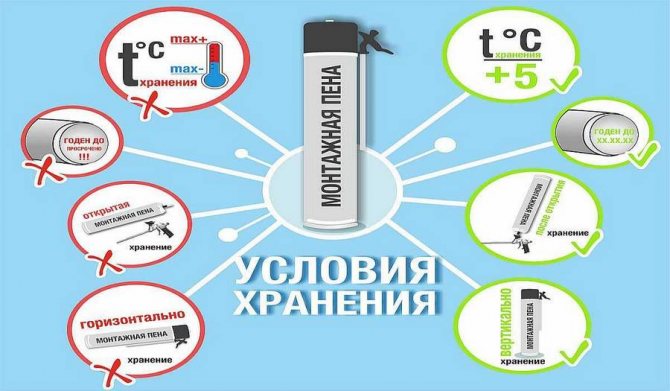

Note! It is necessary to work with polyurethane foam, which has room temperature.In cold weather, you must first warm it up. Even winter or all-season.
Bituminous glue Bitumast
Bitumast mastic resembles a plaster-adhesive mixture in properties, but includes bitumen, which plays a binding role. The advantage of the glue is its excellent compatibility with extruded polystyrene foam, it adheres to the material for a long time without any complaints. The tool also has waterproofing qualities, protects the joints of the outer walls from moisture.
Kneading Bitumast is easy, it takes a couple of minutes, no special tools are needed (even a mixer is not required). It is also not necessary to warm up Bitumast before use. The consistency is liquid, so the application is done in a thin layer. The downside is significant - the mastic grasps slowly, you will have to keep the PPP sheets from slipping for a long time.
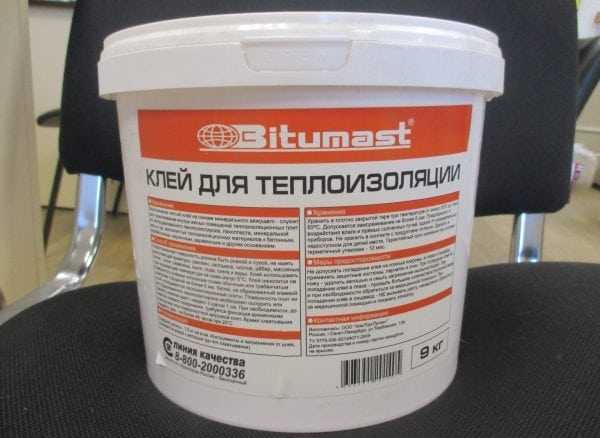

Types and application
All cylinders with polyurethane foam can be divided according to the field of application: domestic and professional. They are also different in appearance. Professional ones are made for a special pistol. You can't work without it. Household ones have a pressure valve (like in aerosols) and a long thin tube. Obviously, these are not all the differences. There is a difference in properties:
- Curing speed. Professional ones harden faster. Some brands get tough after just 30 minutes. The “normal cure time” is 24 hours. This is how much it is recommended to wait after applying the foam before continuing to work.
- Secondary expansion amount. For professionals, it is about 30-50% of the primary volume, for households it can be 130-250%.
- The dimensions of the cavities. Foam consisting of small bubbles is considered good. This is the difference between professional ones, although some household ones also have few large cavities. But they cannot be classified as cheap either.
Which polyurethane foam is better, we decide according to the characteristics
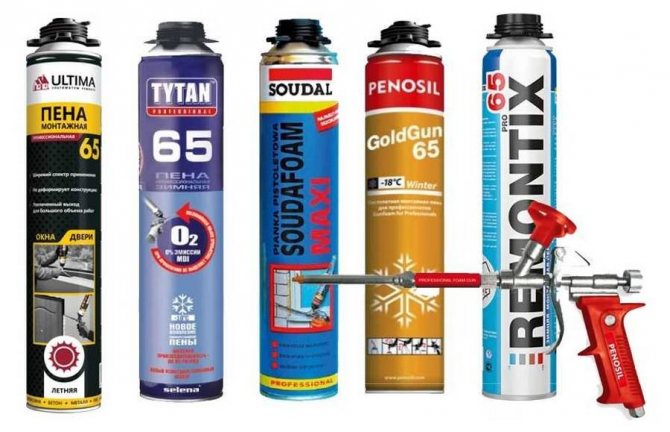

The most annoying thing of the whole list is the large secondary extension. Why is that bad? The fact that when foaming windows, door frames, strongly increasing foam can bend wood or profiles. Well, and because it grows too actively, it is difficult to dose it, which leads to a large overrun. So the difference in price turns out to be quite insignificant as a result. If it stays at all.
When and where to apply these types of polyurethane foam? Household foam is also suitable for filling cavities and holes in rigid structures. For example, Boxer, Ultima, Cosmoflex, Wellfom, Fount. When installing doors and windows, it is best to work with a professional. These are Ilbruk, Penosil, Soudal, Titan.
Types by seasons
Polyurethane foam is also divided according to the temperature regime of application. There are the following types:
- Summer. Apply at positive temperatures, but not lower than + 5 ° C.
- Winter. It can be used in freezing temperatures down to -18 ° C.
- All-season. Its range is stated from -10 ° C to + 35 ° C, but it is optimal to use it somewhere in the region from + 10 ° C to zero. At lower temperatures, winter is better, at higher ones, summer is better.
Which polyurethane foam is better: which is suitable for temperature conditions
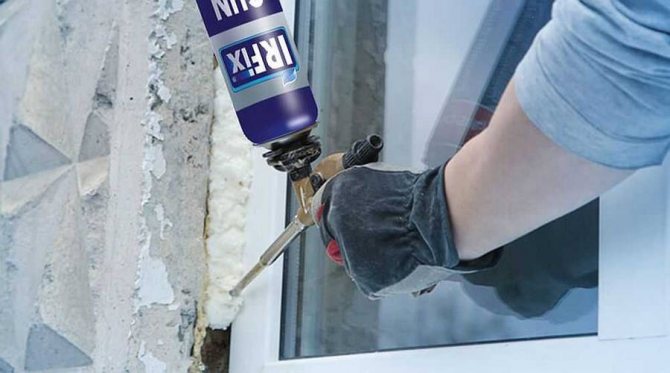

In a heated room, we use summer foam, if we foam windows in winter - winter or all-season - depending on the temperature outside. In general, "specialized" shows itself better - summer or winter. They are adapted to certain conditions, and this is always more reliable than the universal version (all-season).
When working in winter, do not leave the foam in the cold. Bring in warm. If it is supercooled, it will be too fluid, will not keep its shape. In general, we always keep the foam warm. And more - more foam comes out of a warm balloon.
Flammability
Polyurethane foam must be selected according to its combustibility. There are three classes:
- fuel - there is B3 on the cylinder;
- self-extinguishing (no fire, it does not burn) marked with B2;
- non-flammable (even in fire, retains its properties for a certain period of time) is designated by class B1.
Flammable and non-combustible polyurethane foams.The degree of flammability is indicated by the letter B and numbers from 1 to 3. B1 - non-flammable, B2 - self-extinguishing, B3 - combustible
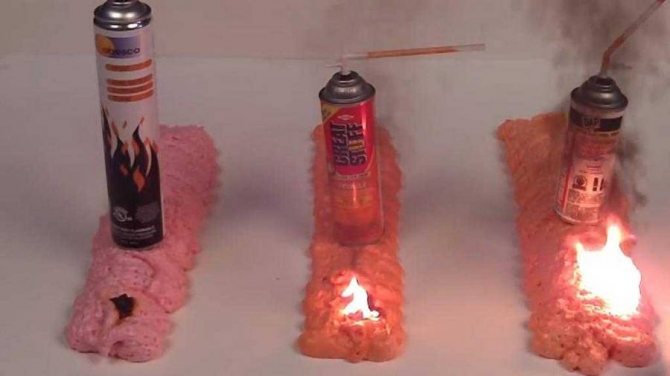

In wooden and frame buildings, it is best to use non-combustible construction foam. It should also be used in rooms with increased fire safety requirements. In houses, such a room is a boiler room. Every serious manufacturer has fireproof / non-combustible polyurethane foam. It is necessary to look in a professional line. For example, Tytan B1, Soudal FR, Den Braven (Den Braven), Kim-Tec (Kim Tek).
There are also two-component polyurethane foams. But they harden very quickly, so they are used by professionals, and even then not all. You need skill to work, but two-component foam is enough.
Special types
There are some types of jobs that require special properties.
- With increased adhesion to wood. There are different brands, for example, VIK (Vik) professional and household, FOAM 65, AkFix 940.
- Heat resistant. Used to seal chimney outlets. In general, you can take any with a fire resistance class of class B1. Even if it darkens or turns black, it will not lose its properties. Examples: Penosil Fire Rated B1 (marketed as foam for chimneys), Tytan Professional B1. Which polyurethane foam is better? The one in which there are fewer large cavities

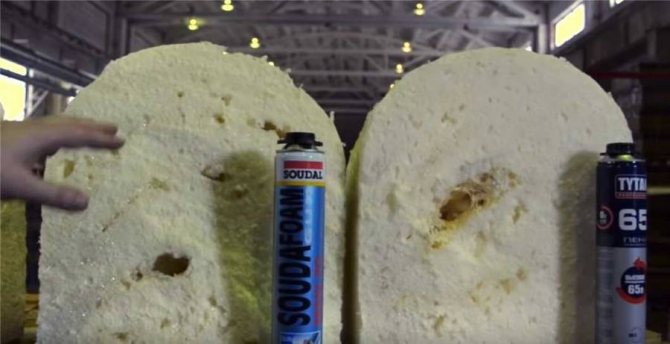
- Very fast, almost instant polymerization (eg Soudal 2K). They are used in works at height, when it is impossible to wait even 30 minutes. They are used by industrial climbers during installation and repair work.
- Remain flexible after hardening: AkFix Maximum 65, PROFPUR ELASTICFORCE and others. Such foams are needed in places where there is constant vibration or tensile stress.
The listed brands are far from the only ones. There are others. Look at serious manufacturers of construction chemicals, read the characteristics, look for reviews. We are already accustomed to the fact that the declared characteristics do not always coincide with reality.
Features of installation of expanded polystyrene
Extruded PPS is a high density foam material. It is with this indicator that it differs from ordinary polystyrene - foam. The density increases during the production process when passing through the extruder, this seriously increases the thermal insulation characteristics of the material. The resulting slabs are composed of polymer and fine air bubbles.
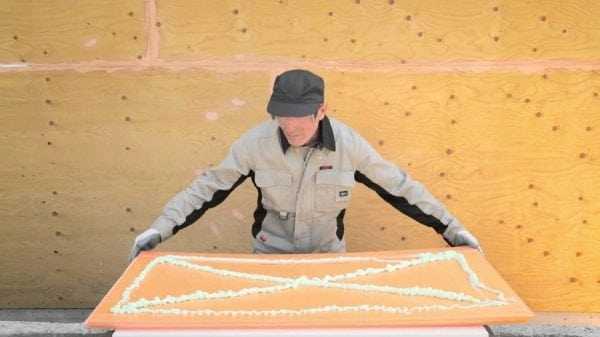

Due to the smoothness, EPSP boards have very poor adhesion to the adhesive composition. This is the main problem with gluing. It is solved by the selection of special adhesives, which themselves have high adhesion to any surfaces. Also, some products can partially dissolve the foam top of the boards, soaking into them.
The specifics of the installation of expanded polystyrene plates are as follows:
- if the material is purchased as insulation for the floor, it is laid on an expanded clay pillow or on a gasket made of other low-density material and poured with concrete,
- to insulate the foundation, the slab must be glued to the concrete of the base and secured with mounting fasteners,
- the material is laid on the roof, after that a layer of bitumen is placed or a PPP is laid between the ribs of the rafters inside the layers of the roof,
- when insulating the ceiling in an apartment on the top floor, lay expanded polystyrene from the attic on glue, then concreted or covered with crumbs, gravel, expanded clay.
Professional polyurethane foam guns
If you decide to use professional polyurethane foam, you will need a gun for it. The range of prices here is large. But for a single use, you can take an inexpensive one. The price does not affect the amount of foam. It's just that the more expensive ones better control the intensity of the foam release, deliver it over a greater distance.
Professional polyurethane foam requires a special gun
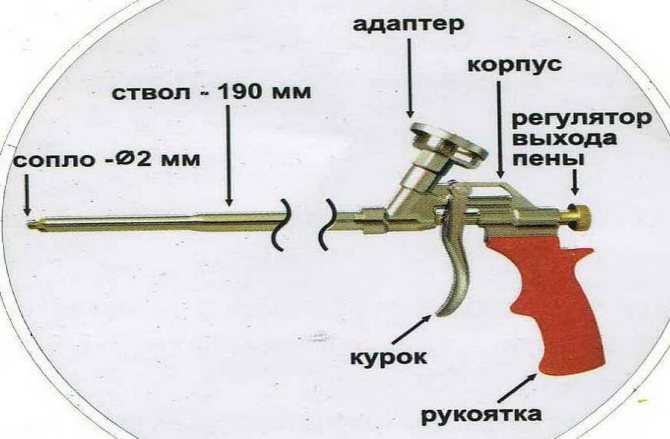

The ability to adjust the flow rate is in any, but the level of control is different.After work, if the cylinder is not empty, it can remain in the gun for 2 weeks or a month. During this period, you can simply continue to work. But the "loaded" pistol should be stored in a warm room, not in the sun.
When replacing the cylinder, if the foam goes well, no additional manipulations are needed. If the foam stops coming out and the can is not empty, the nozzle may clog. Then the nozzle can be flushed. If the liquid comes out without problems, then the problem is in the cylinder. Usually the propellant runs out prematurely, but copolymer can run out too. After the end of the work, the cylinder is removed, the gun (nozzle) is washed with a solvent (polyurethane cleaner) foam. No other manipulations are required.
Polyvinyl acetate adhesives
Polyvinyl acetate is a transparent elastic polymer that is obtained by polymerizing vinyl acetate. Such glue is considered universal, since it can hold together any hydrophilic materials. These adhesives do not rot, they prevent the appearance of fungus.
Moment Joiner
Universal polyvinyl acetate adhesive, widely used in renovation work. It is packed in containers of 0.1-30 kg, so you can easily select the required weight. Dries Moment Joiner quickly, does not corrode surfaces, holds sheets of expanded polystyrene very reliably.
PVA-MB
Do not confuse the product with ordinary PVA glue. This material is a reliable polyvinyl acetate emulsion with a number of plasticizing additives in the composition. PVA-MB dries slower than Moment, but the seam is considered stronger. You should not buy too cheap adhesives, PVA is often counterfeited.
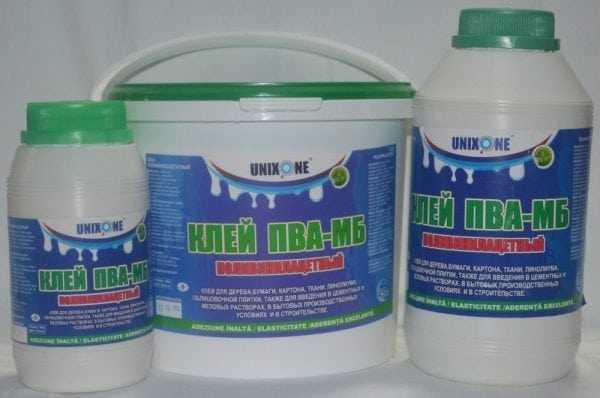

Different ways of attaching foam to the wall
Today, one of the most popular thermal insulation materials, which is used for almost all types of insulation work, is polystyrene foam. This is not to say that this is the best choice, but out of habit many people use it, although there are better and cheaper options. For example, mineral wool, although when it comes to insulating the facade of a multi-storey building, then expanded polystyrene is out of competition. One of the issues to be solved during the installation process is fixing the foam to the wall. Today we will tell you about all the methods that can be applied in practice.

